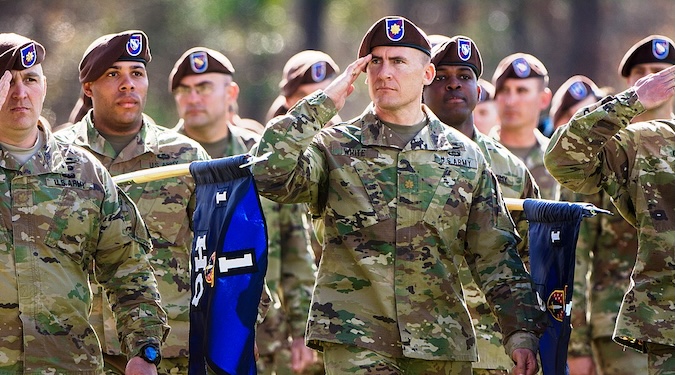Maj. Kier Elmonairy evaluates how well today’s security force assistance (SFA) fiscal authorities support the Army’s Security Force Assistance Brigades (SFABs) in conducting their critical mission in an era of great power competition. Elmonairy first surveys the organizations the Army uses to conduct SFA, looking at how Army Special Forces and SFABs complement each other… Continue reading Hard Cash and Easy Money: Funding Authority for Security Force Assistance Brigades
Category: Defense Policy
Zero-Day Delivery: Hacking Risks and the Use of Machine Learning for Military Logistics
Christopher Mohr analyzes the opportunities and hacking and other risks of incorporating machine learning into military logistics and identifies legal and security gaps that make incorporation difficult. Mohr begins by providing background on artificial intelligence and machine learning and describes how these tools can improve military logistics. Mohr also identifies types of cyberattacks that states… Continue reading Zero-Day Delivery: Hacking Risks and the Use of Machine Learning for Military Logistics
National Security and Competition: How Courts Evaluate National Security When Assessing a Merger
Michael McLaughlin examines the effect of defense mergers on the national security sphere, arguing that antitrust and national security are largely complementary in accomplishing the goals relevant to each. In “National Security and Competition,” McLaughlin first discusses concerns that come with stifled competition in the defense market. He then focuses on the evolution in case… Continue reading National Security and Competition: How Courts Evaluate National Security When Assessing a Merger



